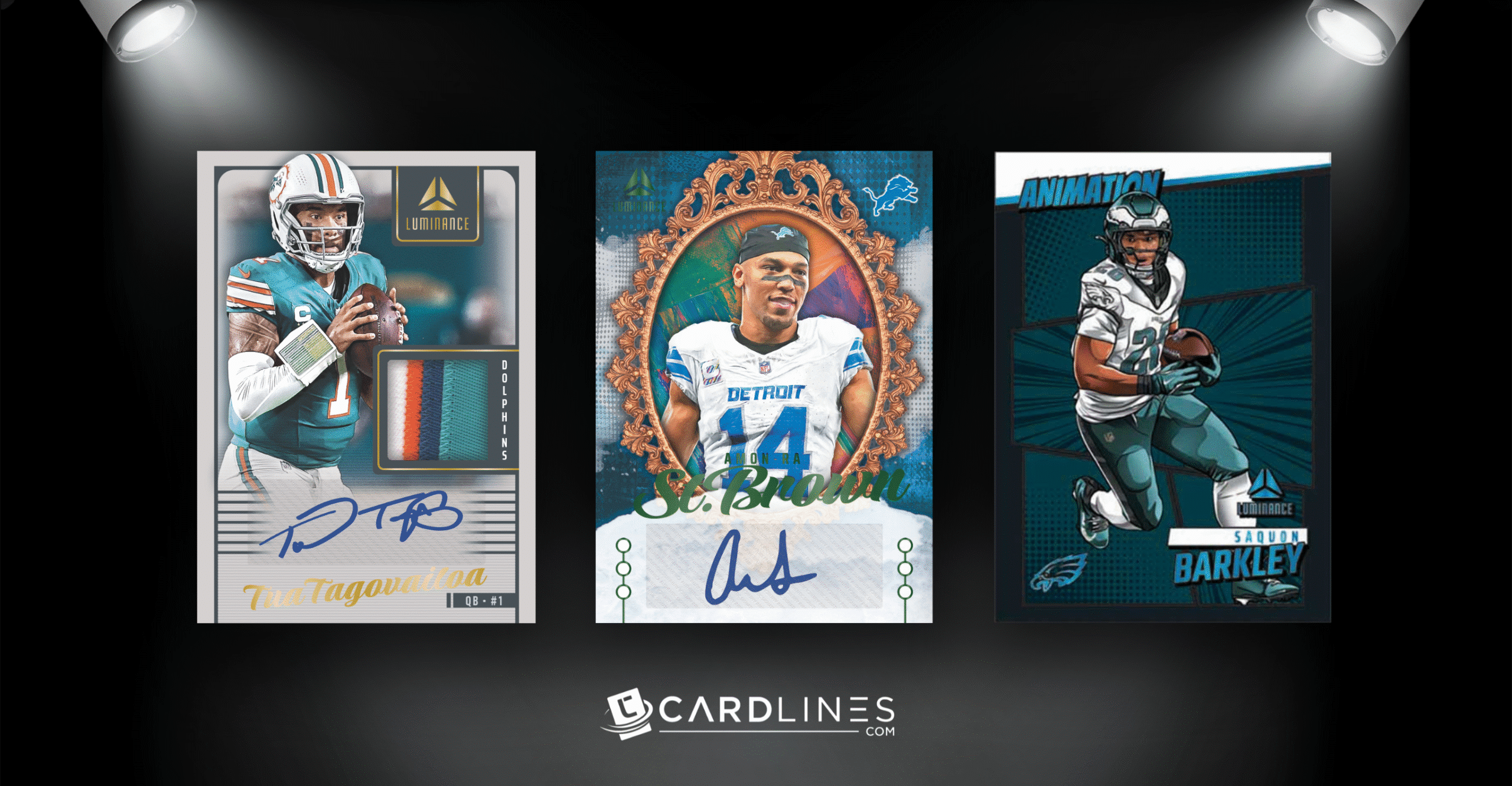

A jersey card is a sportscard containing a piece of apparel, usually worn by the featured player. Therefore, if you thought it was a card that enjoys ‘gym, tan, laundry,’ you will be sorely disappointed. There is tremendous variety here. There are patch cards, logo cards, refractors, and other types. Let’s delve into the jersey sports card types.
The manufacturers embed the material into the card itself. The jersey is almost always part of the athletes’ game-worn apparel.
Jersey cards are part of the increasing trend of bringing cards closer to the physical game. In this regard, it is similar to the current popularity of autograph cards.
Have you ever wondered how companies make jersey cards? If so, this speeded-up video of how Panini made a “Pistol” Pete Maravich jersey card is well worth watching:

Upper Deck first introduced these cards as an eye-catching gimmick in 1996. They have since steadily grown in popularity and are now a fixture in the hobby.
However, it is important to keep in mind that there are several jersey sports card types. So, we have designed this handy guide to make sure you know what you are getting.
A patch card includes a piece of the main features on the jersey. More common jersey cards feature the general material of the uniform. Meanwhile, patch cards feature parts of the number, logo, or player and team names.
The more common forms of jersey cards are either similar or indistinguishable. However, each part of a patch card is unique. For example, no two cards will show the same section of the logo.
Therefore, these are one-of-a-kind cards. If the rookie pans out and becomes a major star, the card’s long-term value is likely to be quite high.
The most sought-after patch cards include multiple colors from the logo. Other strong cards have recognizable parts of the name or numbers on the jersey.
Cards featuring the entire team or league logo are typically the most valuable jersey cards. All patch cards are one of a kind in that no other card has the same section of the jersey. However, cards presenting the logo enjoy that true one of a kind status and are valued accordingly.
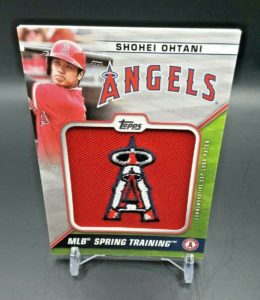
Patch cards featuring the entire logo are particularly desirable (picture taken from eBay).
There is a wide variety of jersey cards available, and many of them are not autographed. For example, if you buy a 2020 Topps Triple Threads hobby box, you will likely receive two autographed cards out of 14 cards.
The autograph is an essential element in determining the overall value of a jersey card. Therefore, if you buy a jersey card-oriented box, make sure it contains as many autographed cards as possible.
You should also note that not all autographs are on-card. Even some of the most expensive boxes come with stickered autographs.
Easily the most popular and attractive subset within the jersey category is the rookie patch autograph cards. Companies design these cards to obtain and keep maximum value.
As we all know, hobbyists seek out rookie cards because they have a higher chance of fetching high asking prices in the long run. Autographed cards and patch cards, theoretically at least, are more valuable. Therefore, many collectors believe that RPA’s for strong prospects are a worthy investment.
Panini America has made particularly impressive strides in this department. Their basketball and football RPA’s are gorgeous. Though their baseball cards are not licensed to contain the MLB logo, their National Treasure series is highly prestigious. It produces some of the better RPA’s available, such as these examples from the 2020 release.
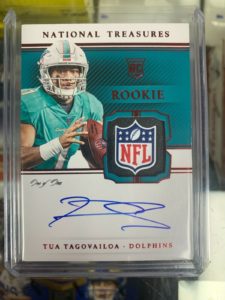
RPA’s are either awesome or overkill, depending on who you ask (picture taken from eBay).
Refractors are generally a more reliable investment than RPA’s. Refractors of the same kind do not vary in appearance and are therefore easier to appraise.
The nature of a patch card is that they vary wildly in aesthetic appeal. Since each patch is unique, there is no accepted guide for pricing. Therefore, the market for an individual card is unpredictable.
Nonetheless, the market for RPA’s is robust and only seems to be getting stronger. The most aesthetically attractive ones can often fetch over twice the price of comparable refractors.
Not every type of Jersey card is numbered. However, the most popular ones tend to be.
Topps has numbered their Triple Thread series numbered out of 99, 75, 50, 35, 10, and 1.
Their rivals at Panini have a similar numbering scheme. Panini numbers the base cards to 99. They print 1 of each platinum card as well as their printing plates.
They also make cards with relics such as baseball bat pieces and cleats. These are also one-of-a-kind editions.

Some patch cards are numbered, or even 1/1 (picture taken from eBay).
The typical patch card is not a refractor. Manufacturers tend to separate them as they attracted different collectors. In my personal opinion, the combination of a patch and a refractor results in flashy overkill.
The Panini Gold Prizm series, in particular, sells well on eBay. Topps also has jersey refractor cards. Many of them are one-of-a-kind platinum cards.
Nonetheless, patch refractor cards do exist, and there is a market for them. A seller received $930 for this Derrick Henry logo patch rookie card. Sellers are asking for higher prices on other similar cards are listed for more.
However, it’s patch, rather than the refractor element that is doing the heavy lifting in increasing the value.
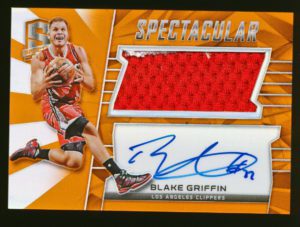
You can even get a refractor, auto, patch card if you want (picture taken from eBay).
When Upper Deck started selling jersey cards, they intended to appeal to the memorabilia market. In pursuit of these customers, the early jersey cards all contained pieces of authenticated game-worn apparel.
However, over the year’s manufacturers have begun producing cards with standard unworn jersey fragments. In other cases, the companies manufacture material that looks like an authentic jersey but isn’t. Needless to say, these cards are worth considerably less. However, they may still be appealing to collectors if they are autographed.
Jersey cards have been around for almost 15 years, and they have maintained their value. The value and popularity of RPA’s have increased over recent years. However, investing in them is a risky business.
Getting your hands on a quality jersey card can be expensive. Sure, you can obtain low-end cards in retail boxes of Absolute and Donruss. However, the highly sought-after ones usually come in packages costing $700 or so and do not contain many cards. Some of the older sealed boxes sell for several thousands of Dollars. Therefore, if you do not get a valuable card, you could be seriously out of luck.
If you plan to get into jersey card collecting, we have two pieces of advice for you. First, do your homework (reading this article is a good start). Second, hold on. It may be a bumpy ride!
I hit a SWEET auto from the #1 overall pick at PCB hobby
The Ultimate 2024 Football Card Brand Tier List (Panini vs. Topps and more!)
2025 Topps All Star Game Mega Box Product Review
Ripping the new Topps All Star Game mega box.
Is this new sports card store the BEST VALUE around?
I Tested eBay Auction Promotions So You Don’t Have To!
I deep-dove on Fanatics Collect so you don't have to (but should you?)
Panini is launching a WNBA Product at $30,000!?
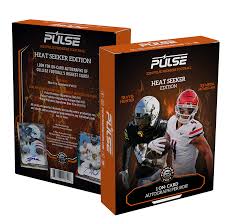
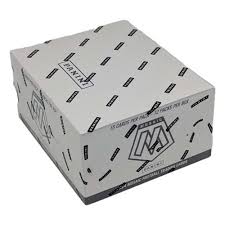
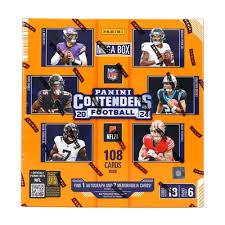
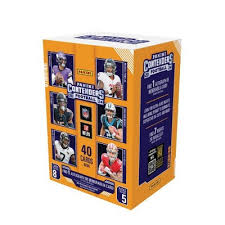
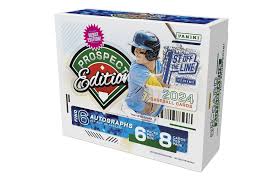
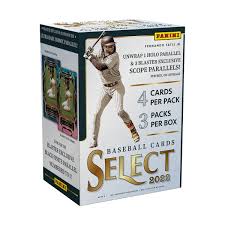
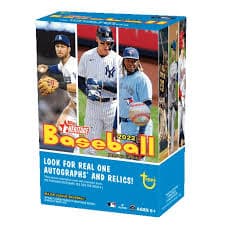
2022 Topps Heritage Baseball Blaster Box Configuration: 7 Packs per Box – 9 Cards per Box. Plus 1 extra pack.
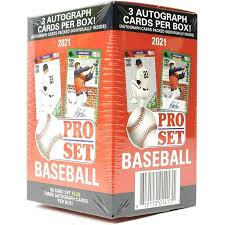
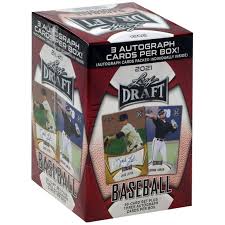
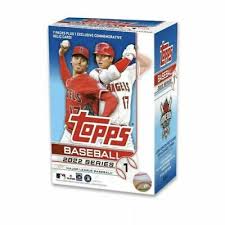
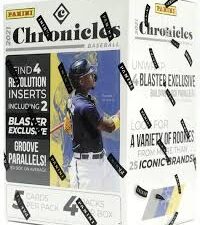
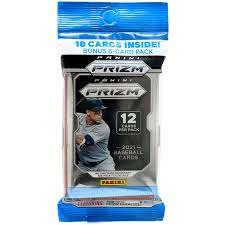
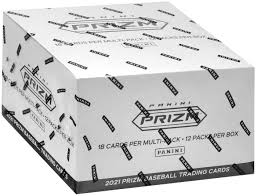

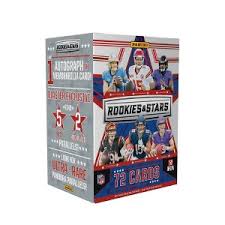

Keep up on breaking Sports Card News, our latest articles, product specials and exclusive content with expert analysis of hobby trends.

© Copyright 2025 - All rights reserved Cardlines.com / Media Techs LLC - Sports Card News, Reviews, Releases and BREAKS - #thehobby.
Important: When you click on links to various merchants on this site and make a purchase, this can result in this site earning a commission. Affiliate programs and affiliations include, but are not limited to, the eBay Partner Network.
Sports Card Scavenger Hunt! (5,000 Subscriber Special!)
Cardlines 13 hours ago